Principles of Athletic Training 16Th Edition By By William Prentice – Test Bank
Chapter 04
Fitness and Conditioning Techniques
Multiple Choice Questions
1. An approach to conditioning that attempts to bring about peak performance while reducing injuries and overtraining is known as:
A. Cross training
B. Periodization
C. Constancy
D. Specificity
Accessibility: Keyboard Navigation
Difficulty: Easy
Type: Knowledge
2. Which of the following describes the time when conditioning is dedicated to physical and mental restoration?
A. Preparatory period
B. Preseason
C. Competition period
D. Transition period
Accessibility: Keyboard Navigation
Difficulty: Easy
Type: Knowledge
3. Which of the following is a phase in the preparatory period that occurs during the preseason?
A. The power phase
B. The endurance phase
C. The strength phase
D. The competition phase
Accessibility: Keyboard Navigation
Difficulty: Moderate
Type: Knowledge
4. Increasing the strenuousness of exercise to a consistently higher level through maximum or near-maximum stimulation is an application of what principle?
A. Overtraining
B. Conditioning
C. Overload
D. DAPRE
Accessibility: Keyboard Navigation
Difficulty: Easy
Type: Knowledge
5. The predominance of one type of muscle fiber over another in the human body results primarily from:
A. A conditioning program
B. Gender
C. Age
D. Inherited genetic factors
Accessibility: Keyboard Navigation
Difficulty: Easy
Type: Knowledge
6. Progressive resistive exercise is based on which of the following principles?
A. Overload
B. SAID
C. Progression
D. Progression and overload
Accessibility: Keyboard Navigation
Difficulty: Moderate
Type: Knowledge
7. Which strength training exercise changes the length of the muscle while the contraction is performed at a constant velocity?
A. Isometric exercise
B. Isotonic exercise
C. Isokinetic exercise
D. Isodynamic exercise
Accessibility: Keyboard Navigation
Difficulty: Easy
Type: Knowledge
8. The stretching method that involves placing a muscle in a maximal position of stretch and holding it there for an extended time is:
A. Static stretching
B. Dynamic stretching
C. Ballistic stretching
D. PNF stretching
Accessibility: Keyboard Navigation
Difficulty: Easy
Type: Knowledge
9. The ability to perform whole-body, large-muscle activities repeatedly for long periods is called:
A. Strength training
B. Power
C. Cardiorespiratory endurance
D. Circuit training
Accessibility: Keyboard Navigation
Difficulty: Easy
Type: Knowledge
10. How many minutes of gradual warm-up are required to bring the body to a state of readiness so that it can perform at peak levels?
A. 2 to 3
B. 5 to 10
C. 10 to 15
D. 15 to 30
Accessibility: Keyboard Navigation
Difficulty: Easy
Type: Knowledge



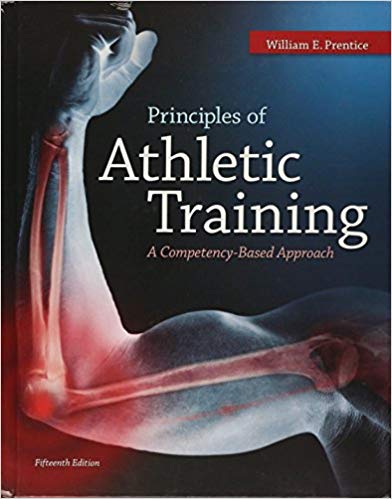


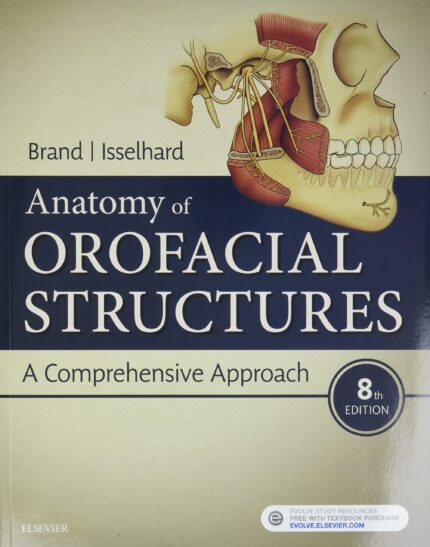
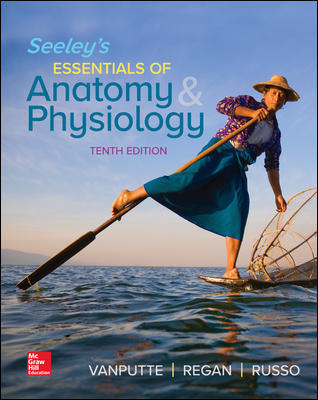

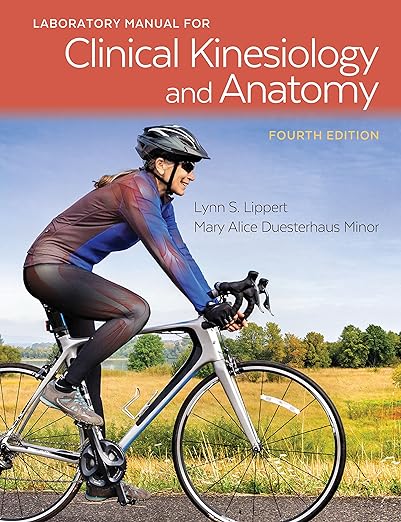
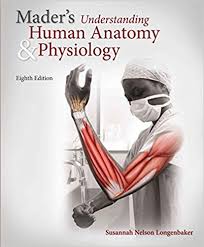
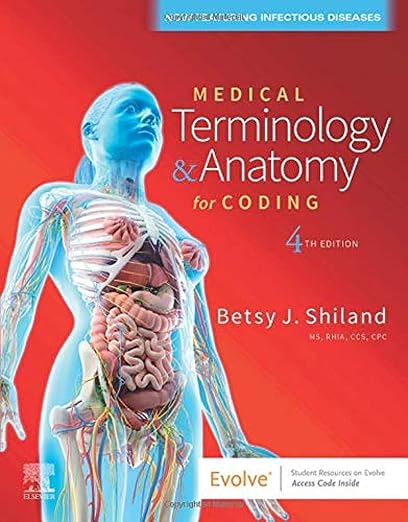
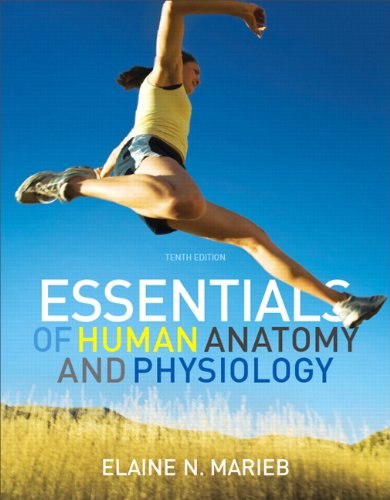
Reviews
There are no reviews yet.